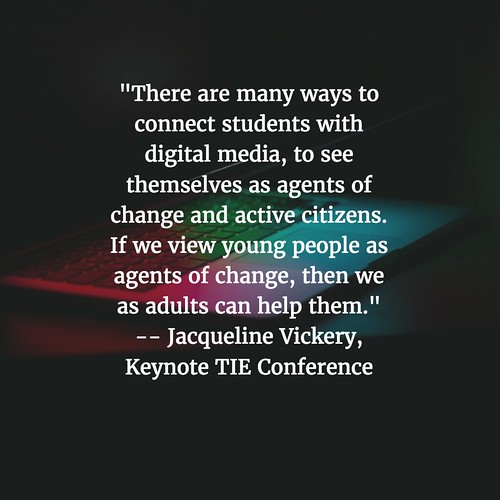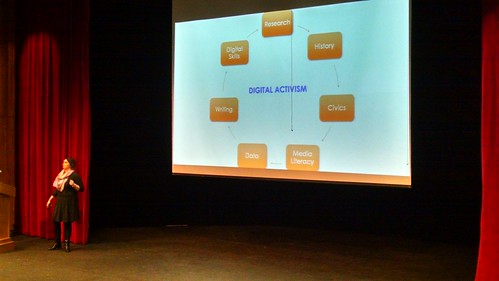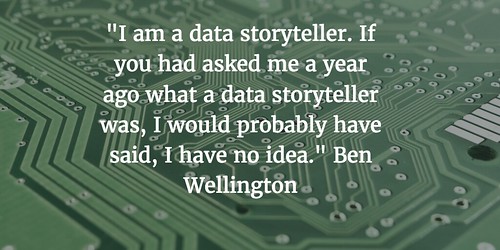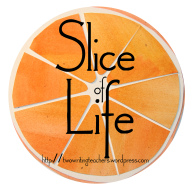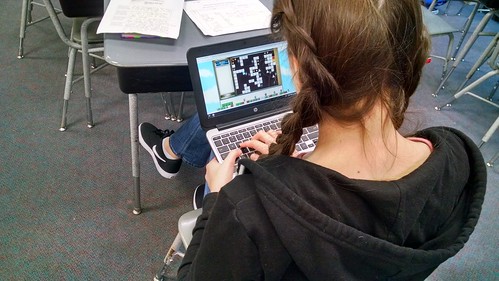
It’s the third book in the Secret Coders graphic novel series by Gene Luen Yang and Mike Holmes, and I admit: I am pretty well hooked. I was slow to start with this series, even with Gene Luen Yang at the helm, for some reason — maybe the interjection of coding into the story felt a bit forced at the time.
Not anymore. As the story of our young female protagonist/coder — Hopper — and her friends uncover more and more strangeness in their school, and their school’s history, the narrative behind Secret Coders: Secrets and Sequences starts to kick into gear.
Sure, there are still interesting moments when the Luen Yang and Holmes stop the reader, ask them to mentally solve some coding puzzle, but I found myself enjoying those moments more than in the first book (and the second book started to really draw me in). I think it is me, not them, that is finally getting used to being pulled into the story from time to time as a programmer.
Here, in this third book, we meet a character who seems to be the main antagonist – Dr. One-Zero, a green man who was a brilliant student long ago but underwent a personal transformation of sorts (echoes of Dr. Strange here) — and we learn a bit more about Hopper’s missing father (part of the overarching narrative), as well as the strange connection to the school (Stately Academy) itself as a former place of innovation.
The coding gets more complex here, too, as the writers’ underlying mission to show young readers the ways that coding and programming through storytelling can be used to accomplish goals is extended out even further than the first two books. The kids at the heart of this graphic story use what they have learned about coding to escape from predicaments.
.jpg)
There is also a neat coding puzzle left for readers at the end of the book, as a sort of challenge for readers to uncover. You need Logo to solve it but the website connection to the book gives all of the information you might need to dive into programming. And the Fun with Coding page has some downloadable activities for use.
All in all, this series is a nice fit for upper elementary and some middle school students, particularly those with an interest in computers and programming. But the inclusion of a strong and fiesty female protagonist, ample amounts of humor, and a series of challenges for the reader to consider broaden the appeal for a wider audience with the Secret Coders series.
Peace (all ones and zeroes for action and adventure),
Kevin
